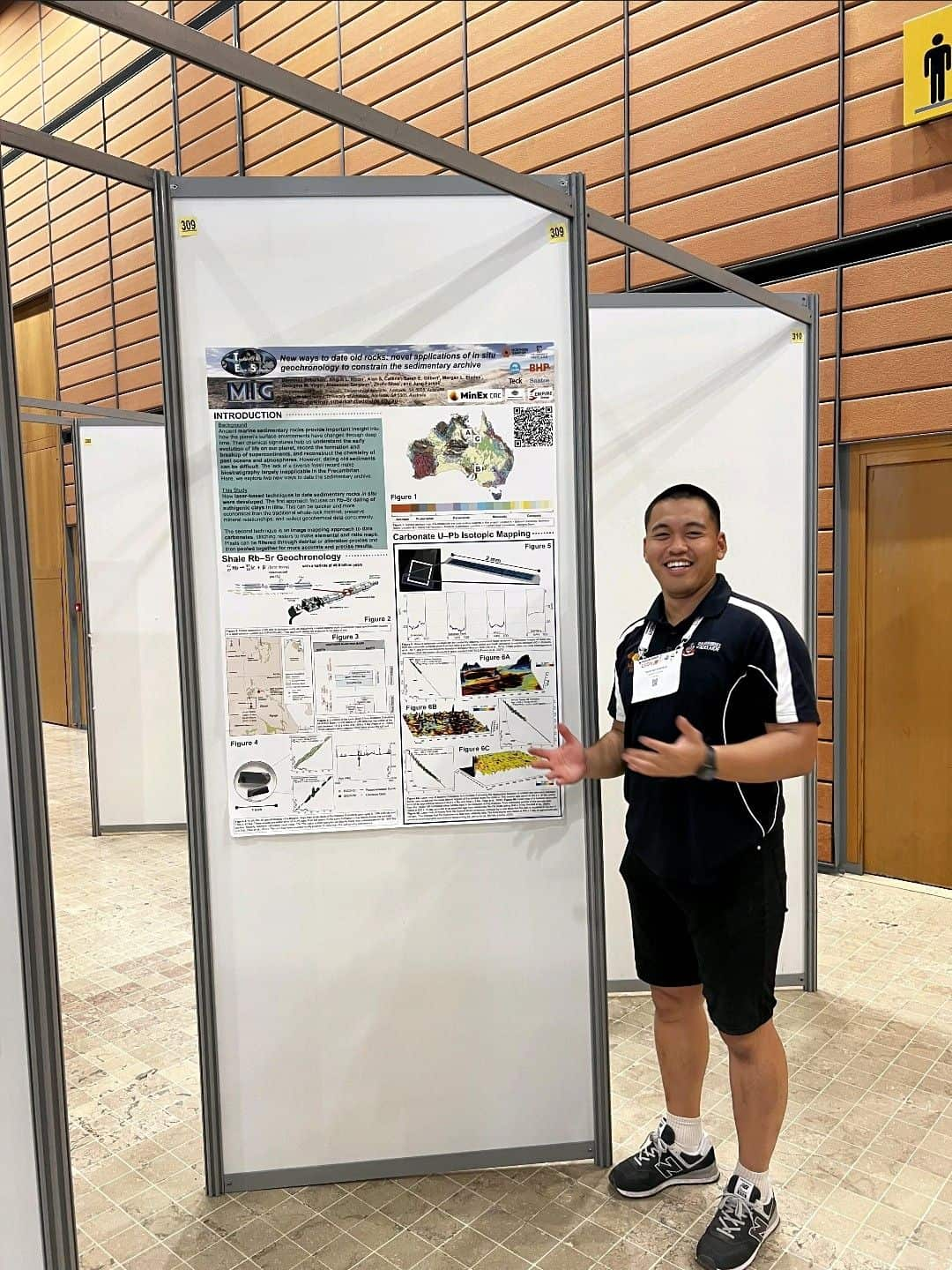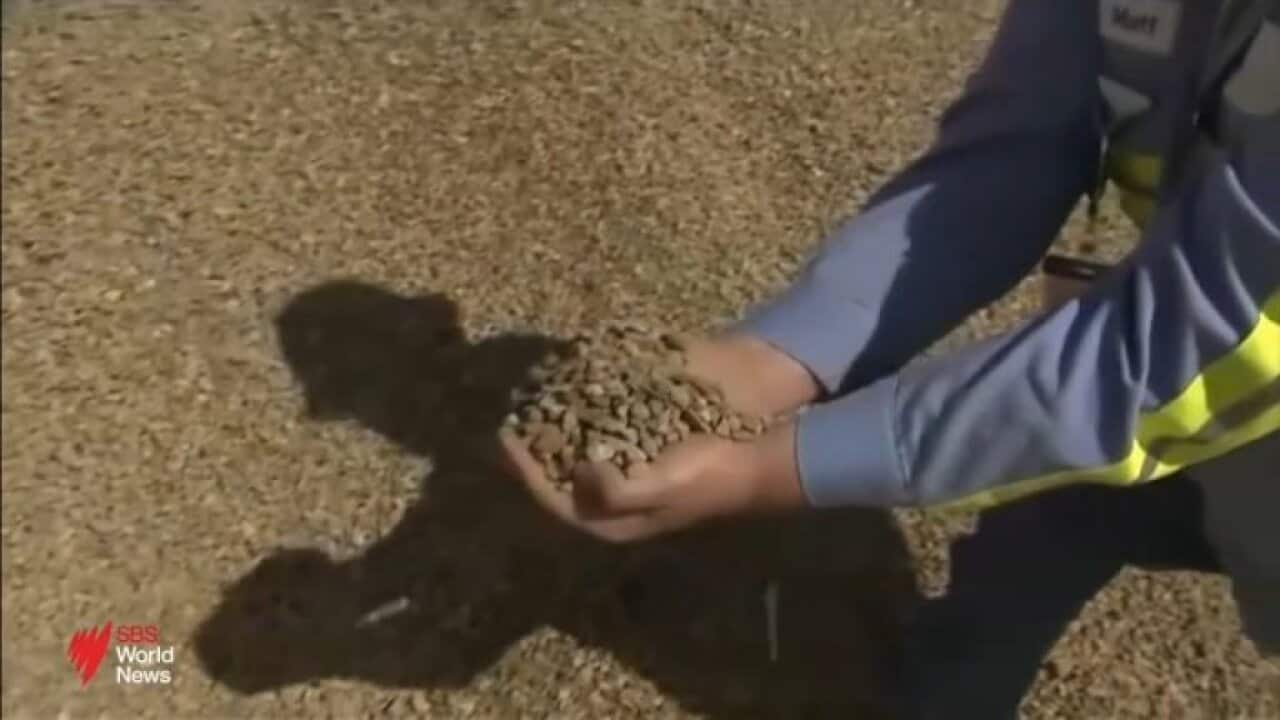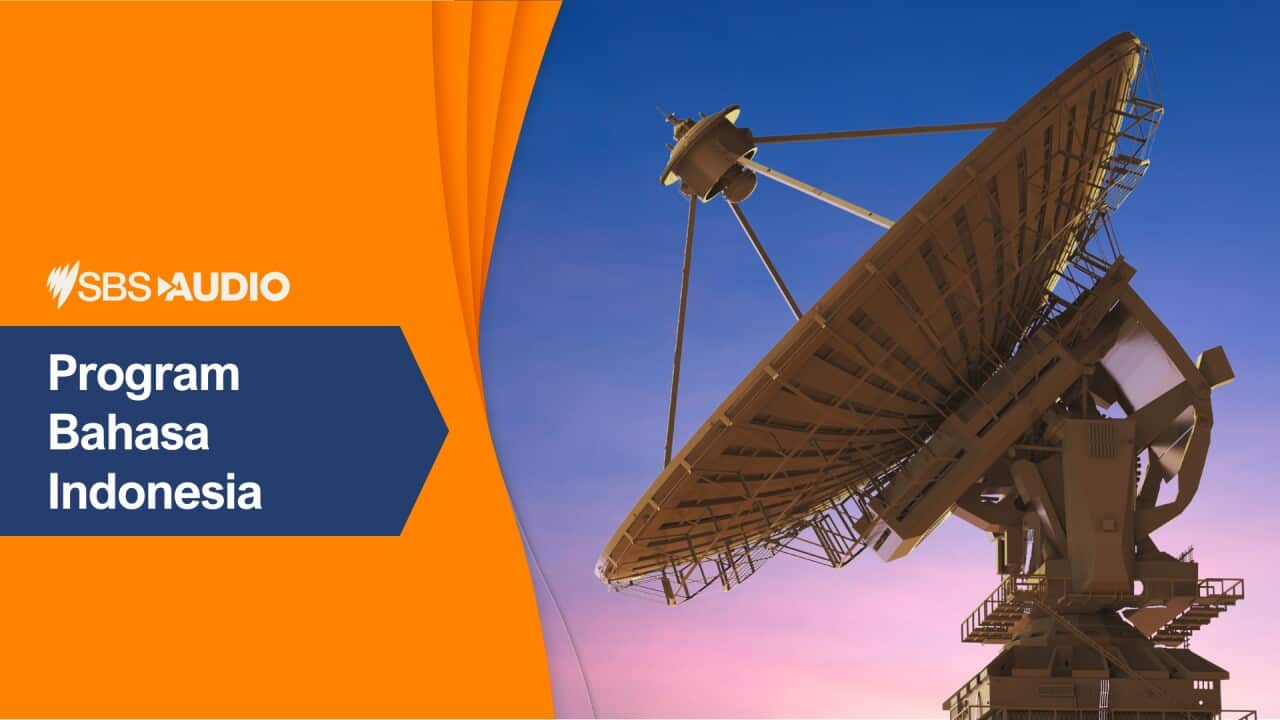Although the naming of “rare earths” (REE) impresses with rarity, these elements are actually relatively abundant in the Earth's crust. However, REEs are never found in pure form and are difficult to separate as well as purified in economically viable concentrations.
These exceptional properties make REE a key component in a variety of modern technologies and clean energy applications, such as high-strength permanent magnets important for electric vehicles (EVs) and electronic components in smart phones and flat screens.
Increased global demand, driven primarily by the energy transition, has highlighted the strategic value of REE.
However, current global supply chains are characterized by high geographic concentrations in mining and refining, posing geopolitical risks and supply instability.
To find out more about this REE, SBS Indonesian spoke with Dr Darwinaji Subarkah, Postdoctoral Researcher in Geology from the University of Adelaide, an expert in geochemistry and geochronology in the context of petroleum systems and mineralization.

Dr Darwinaji Subarkah at the Goldschmidt 2023 conference in Lyon, France dispalying his project in exploring new ways to date old sedimentary rocks. Credit: Dr Darwinaji Subarkah
Listen to SBS Indonesian every Monday, Wednesday, Friday and Sunday at 3pm. Follow us on Facebook and Instagram, and don't miss our podcasts.



